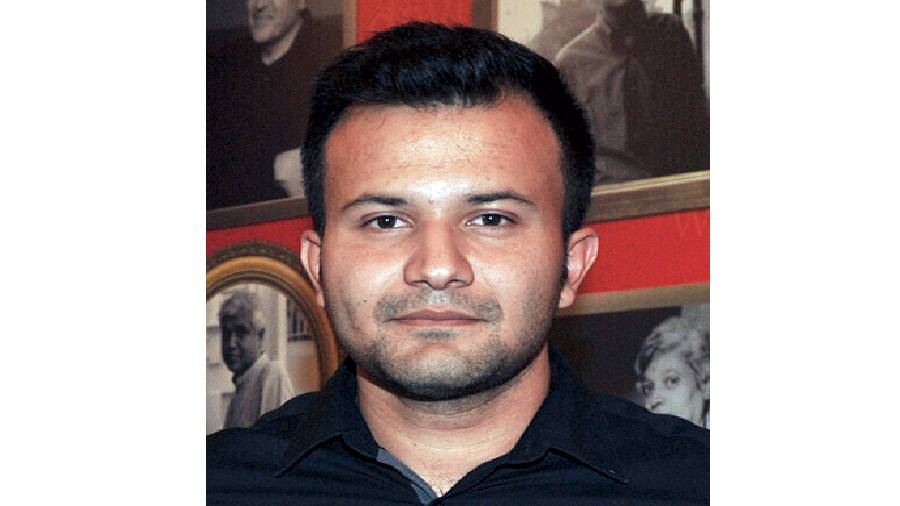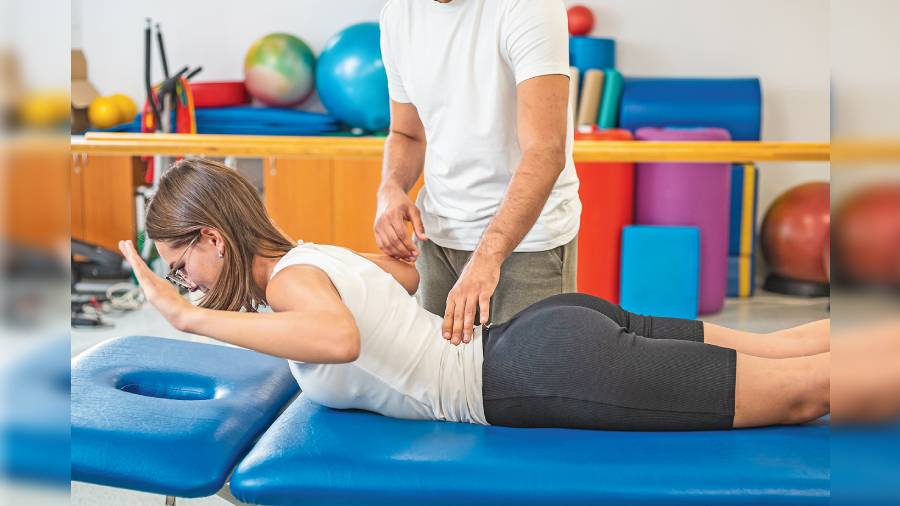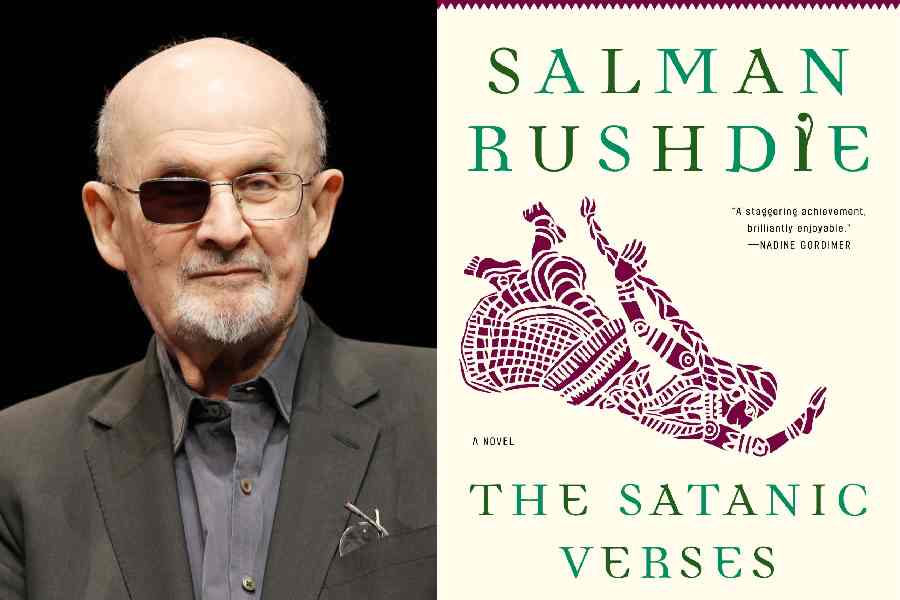When it comes to fitness, several misconceptions and myths are leading to biased and polarised opinions among people. The emergence of social media in the last decade has allowed many people to become some sort of fitness expert enforcing their ideologies. Although social media has its perks as sometimes useful information can be shared easily but the issue today is the lack of scrutinisation and contextualisation of the information shared. Unlike most other industries, regulation around exercise and nutrition prescription is comparatively weak.
The problem with a weak regulation is that the standard of scrutiny is compromised, which leads to untested claims to sell products. Often people tend to get seduced by an idea and/or a narrative even if it is not true or at best partly true. This article will highlight some of the popular but poorly tested claims/information by minimising bias and providing context for the readers. Information without context is often noise and it is important to minimise noise be it in politics or fitness.
Myth 1: Diet fad for fat loss
Over the years there have been many claims with regards to what constitutes the best diet for fat loss. People have claimed several diets and strategies including low fat high carbohydrate, high fat low carbohydrate, high protein, vegan, and intermittent fasting to be useful in losing extra body fat. The fact is that all of them can work but a general recommendation that one diet and/or strategy is superior is not only far from the truth but also can be counterproductive.

There are a lot of factors that need to be considered with regards to a diet such as sustainability, adaptability, socio-economic conditions, motivation, geographical and cultural influence. A diet is only as good as the person following it, if basic principles are adhered, such as reducing overall energy intake, consuming nutrient-dense foods, minimising highly processed food, sugar, and alcohol, then most people can lose excess body fat. Even if a certain diet can suit an individual due to their genetic make-up, and environmental conditions doesn’t mean that it should be followed by all. For example, an endurance athlete might require consuming more carbohydrates due to the overall energy expended whereas a strength athlete may need to consume more protein to repair skeletal muscle tissues. When a sedentary person is advised to consume either more protein or carbohydrates without context, they will often fall short of execution.
Myth 2: Posture and corrective exercise
The influence of postural corrective exercise in the fitness world has grown over the years. The underlying principle behind postural corrective exercises is that there is an ideal way to do things including sitting, standing, walking and so on. The problem with this approach is that even though we humans look similar, overall there are structural variations between and within us. For example, people with relatively longer limbs (arms and legs) with a comparatively shorter torso might be limited with certain movements and then there might be people with comparatively longer torsos but shorter limbs. Expecting both individuals to move the same way in a so-called “ideal way” is like putting square pegs in holes. Similarly, individual variations such as the differences in the structure of the right and left hip may not allow symmetrical movements.
Physiologically, we have a liver on one side and spleen on the other, our left and right brain execute different functions and hence symmetry for the sake of correction need to be reassessed with scientific scrutiny. Furthermore, there is plenty of evidence (research) that indicate that less ideal posture does not lead to chronic pain, and corrective exercise is as effective as exercise in general in treating long-term musculoskeletal pain.
Although biomechanical factors such as forces, and motion associated with posture can influence movement, the word “corrective exercise” is often oversold without scientific scrutiny and context and has created a fearmongering environment to sell a product with a fascination for saviour complex.
In general, most people will benefit from a variety of postures (sitting, standing, walking) within a day, and move in their unique way without fear. In addition, most corrective exercise proponents also rely on correcting muscle imbalances (muscle tightness and weaknesses) although muscle imbalances can hinder movement and posture at times, they are often glamourised. Muscles do adapt based on the duration and intensity of the load placed. For example, if an individual sits too long with a slouched back and forward head, they might complain of neck pain due to holding a position for too long, and it is rarely to do with a particular muscle being tight... it is rather a prolonged duration of holding a certain position. Therefore, attacking the individual muscle with multiple stretches and corrective exercises is more of a short-sighted reductionist approach which might feel good and right initially but it does not acknowledge the basic science of complex human biology.

Dr Kaushik Talukdar, PhD, is a research scientist and founder of Athlete Institute. You can reach him at kaushik@athlete.institute or follow @coachkaushik











